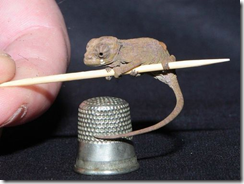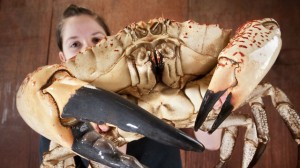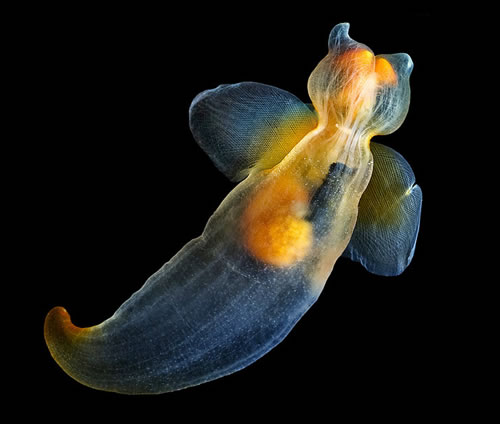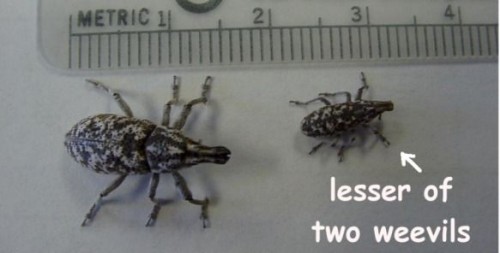- Andy
- Beef on Weck
- Being a Mother
- Chili Cook-off
- Communication (Gazebo)
- Daddy
- Everyone has an Angel
- Family
- Gonna be a Bear
- Harrison Bergeron
- Mute and Alone
- Privacy Policy
- Rikki-tikki-tavi
- Scientists Study Grizzly Bears
- Ship vs. Lighthouse
- Snowvember (Buffalo 2014)
- Somebody…
- The Present
- The Soldier
- The Star
- Winter
- 11foot8.com
- 365 Tomorrows
- 7 into 28
- A Tale of Two Brains
- Alien to Covenant – History of Alien
- Am I Unique
- AMARC
- American Muscle Car Museum
- Andre Rieu
- Antipodes Map
- Ark in Space
- Azure Status
- Blizzard of '77
- Broken Chains
- CDC – Flu
- Christmas Forever AZ
- Coldest City on Earth
- Creations for Charity (Lego)
- Cruise.com
- Curb Watching
- D&D Beyond
- D&D Beyond to FG Character Converter
- Daily Fuel Gauge Report
- Dinosaur Earth
- DMs Guild
- Dofo
- Dr. Demento
- DriveThru RPG
- Dungeon in a Box
- Dyson’s Dodecahedron
- Fantasy Name Generator
- Farmer's Donkey
- Fast Character
- Flight Aware
- Flight Radar 24
- Flixable
- Gaming Table
- Genius
- Geo Guesser!
- Hack The Menu
- Hackers for Charity
- Hadzy
- Have I been Pwned
- HexRoll
- How to remove a tick (properly)
- Identity Theft Resource Center
- Leak Lookup
- Line Rider – Hall of the Mountain King
- Make My Drive Fun
- Mapologies
- Marine Traffic
- MathPapa
- MechWarrior Online
- Medieval Murder Maps
- Meteor Shower Calendar
- Mini Building Materials
- Monterey Bay Aquarium
- MyAbandonware
- Nah! I just might be in there!
- National Do Not Call Registry
- No More Ransom
- NOAA – Louisville
- Nobody Live
- Norse Cyber Attack Map
- OCEARCH.org
- Omega Game Shrine
- Out of the Woods Forestry
- Overt
- PC Gaming Wiki
- Percheron
- Periodic Stats
- Periodic Videos (TED)
- Permethin Fact Sheet
- Pigeon Key Foundation
- Project 44
- pTable
- Pumpkin Pile
- Random Restaurant Generator
- Rankin/Bass – Wikipedia
- ReelGood
- RockAuto
- Roll20 Enhancement Suite
- Schimpff's
- Scuba Shooters
- Sinking of the Titanic
- Smoky Mountain Fall Foliage Map
- Speedsums
- SR-71 Speed Check
- Steam Status
- Still Tasty
- StreamSquid
- Sunken Ships of the Second World War
- Super Slice!
- Swedish Fish
- Tank America
- Taste Dive
- TBSP (TaBleSPoon)
- The Louvre
- The Oz Museum
- The Strong National Museum of Play
- They Can Talk
- This Beat Goes on/Switchin' to Glide
- Tick Removal (CDC)
- Trappistine Candy
- Vacation Rentals By Owner
- Vehicle Privacy Report
- VPNFilter Check
- War Puppets Rise to Heaven
- Weather Back Home
- WebGL Water
- Whalers on the Moon
- What's New on Netflix
- Who's On First
- Why are Jacks called Jacks?
- Wild Spirit
- Window Swap
- WKRP Turkey Drop
- Wordcount
- World's Hottest Chocolate Bar
- WWII Portraits of Honor
- November 2024
- October 2024
- September 2024
- August 2024
- July 2024
- June 2024
- May 2024
- April 2024
- March 2024
- February 2024
- January 2024
- December 2023
- November 2023
- October 2023
- September 2023
- August 2023
- July 2023
- June 2023
- May 2023
- April 2023
- March 2023
- February 2023
- January 2023
- December 2022
- November 2022
- October 2022
- September 2022
- August 2022
- July 2022
- June 2022
- May 2022
- April 2022
- March 2022
- February 2022
- January 2022
- December 2021
- November 2021
- October 2021
- September 2021
- August 2021
- July 2021
- June 2021
- May 2021
- April 2021
- March 2021
- February 2021
- January 2021
- December 2020
- November 2020
- October 2020
- September 2020
- August 2020
- July 2020
- June 2020
- May 2020
- April 2020
- March 2020
- February 2020
- January 2020
- December 2019
- November 2019
- October 2019
- September 2019
- August 2019
- July 2019
- June 2019
- May 2019
- April 2019
- March 2019
- February 2019
- January 2019
- December 2018
- November 2018
- October 2018
- September 2018
- August 2018
- July 2018
- June 2018
- May 2018
- April 2018
- March 2018
- February 2018
- January 2018
- December 2017
- November 2017
- October 2017
- September 2017
- August 2017
- July 2017
- June 2017
- May 2017
- April 2017
- March 2017
- February 2017
- January 2017
- December 2016
- November 2016
- October 2016
- September 2016
- August 2016
- July 2016
- June 2016
- May 2016
- April 2016
- March 2016
- February 2016
- January 2016
- December 2015
- November 2015
- October 2015
- September 2015
- August 2015
- July 2015
- June 2015
- May 2015
- April 2015
- March 2015
- February 2015
- January 2015
- December 2014
- November 2014
- October 2014
- September 2014
- August 2014
- July 2014
- June 2014
- May 2014
- April 2014
- March 2014
- February 2014
- January 2014
- December 2013
- November 2013
- October 2013
- September 2013
- August 2013
- July 2013
- June 2013
- May 2013
- April 2013
- March 2013
- February 2013
- January 2013
- December 2012
- November 2012
- October 2012
- September 2012
- August 2012
- July 2012
- June 2012
- May 2012
- April 2012
- March 2012
- February 2012
- January 2012
- December 2011
- November 2011
- October 2011
- September 2011
- August 2011
- July 2011
- June 2011
- May 2011
- April 2011
Category Archives: Critters
Johnston’s Chameleon
Two tiny baby chameleons have hatched from eggs at Exmoor Zoo. The three horned Johnston’s chameleons are just 3cm long and are thought to be the first of their species to hatch in captivity in the UK.
They are identical miniatures of their parents who were rescued from an illegal shipment which was on its way to the Czech Republic.
They are now being fed gourmet meals of fruit flies and just-hatched crickets. At the moment they’re around the size of a 10p piece when curled up but they can grow to 30 cm or more.
Posted in Critters
One Giant Crustacean
Say hello to Claude, the Tasmanian Monster Crab, who was recently caught off the coast of Tasmania. Originally destined to become crab cakes (approx 162 of them), a British aquarium bought his freedom for $4,800 and transported him to the UK, where he is expected to grow much, much larger.
Claude already weighs 15 pounds with a 15-inch-wide carapace and claws both large and strong enough to literally take your arm off. But he’s not full-size yet—staff at the Sea Life aquarium figure he’ll grow 3 inches wider and double his weight before reaching maturity. That’s right, he’s going to be a 30-pound crab with a three-foot wingspan if he continues on his diet of diced mackerel and squid. That puts him in the running to one day be the largest ever of his kind.
“They are such impressive creatures,” said Rob Hicks, head marine biologist for Sea Life, “we thought that it was worth the cost and effort of flying them halfway round the world so they can flourish in an aquarium display.” Tasmanian Monster Crabs are among the world’s largest species of crab and reside on the continental shelf off the coast of the island they’re named after.
Posted in Critters
Natiluses Eating
This photo comes from Microsoft co-founder Paul Allen. It show a school (?) of nautiluses devouring some chicken. Allen owns a large yacht called the Octopus, which has a couple of ROVs on board. This photo was taken by one of the ROVs at a depth of 876 feet, near the Pacific island of Palau.
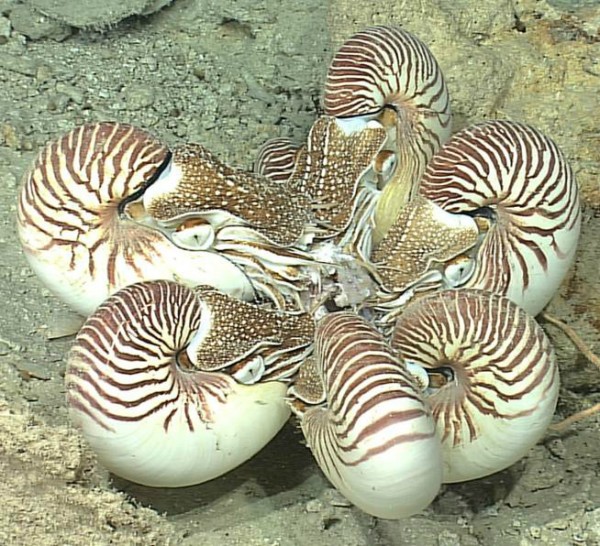
Posted in Critters
Swordfish pierces deep sea submarine
This is Alvin, a famous US Navy deep sea submarine. It survived the extreme conditions of deep sea exploration looking for lost hydrogen bombs, surveying the Titanic, and exploring a hydrothermal vent for the first time in history.
But in 1967, it barely survived an encounter with a swordfish. The one sticking out of its hull.
Alvin—named after Woods Hole Oceanographic Institution scientist Allyn Vine—was built in 1964. It was one of the first manned deep sea submarines, a much better vehicle than the original Trieste bathyscaphe, which was too large and hard to maneuver.
Capable of reaching almost 63-percent of the global ocean floor, Alvin became fully operational in July 20, 1965. After its first 6,000-foot US Navy certification dive, the submarine started its run of 4,440 dives across the world.
Its first dangerous mission was the search and rescue of a hydrogen bomb in the Mediterranean sea, off the coast of Palomares, Spain. The bomb fell into the sea after a B-52 collided with a tanker. Alvin and the Navy’s CURV vehicle successfully retrieved it on April 7. Then Alvin had a complete overhaul at Cape Cod.
It was after the overhaul, in 1967, when Alvin got attacked by a swordfish at a depth of around 2,000 feet, during dive number 202—somewhere around the Blake Plateau and Cape Charles, in the Bahamas. The pilots heard a big metallic noise, the whole submarine shook, and something penetrated the outer hull—according to the documentary Superfish.
It was a dangerous situation, so the crew decided to get quickly back to the surface. When its mothership—105-foot catamaran Lulu—lifted Alvin off the surface, they discovered this huge swordfish stuck in the hull.
It may seem impossible, but that’s what happened. It is not that crazy—-according to marine biologist Rick Rosenthal, the producer of the documentary Superfish—these things are extremely aggressive and attack everything, including badass sharks. That’s how these predators—which can weigh 1500 pounds (700 kilograms) and move at 50mph (80km/h)—have survived since prehistoric times.
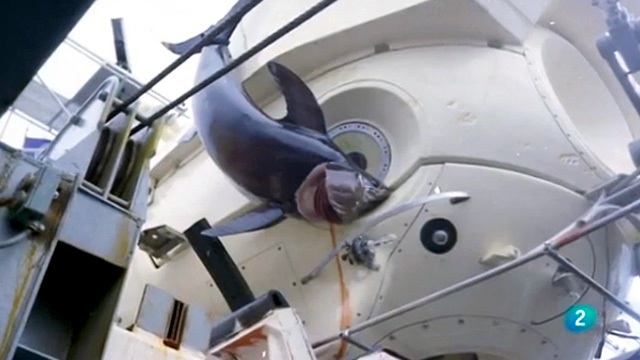
Posted in Critters
Pony Express Debuts
On this day in 1860, the first Pony Express mail, traveling by horse and rider relay teams, simultaneously leaves St. Joseph, Missouri, and Sacramento, California. Ten days later, on April 13, the westbound rider and mail packet completed the approximately 1,800-mile journey and arrived in Sacramento, beating the eastbound packet’s arrival in St. Joseph by two days and setting a new standard for speedy mail delivery. Although ultimately short-lived and unprofitable, the Pony Express captivated America’s imagination and helped win federal aid for a more economical overland postal system. It also contributed to the economy of the towns on its route and served the mail-service needs of the American West in the days before the telegraph or an efficient transcontinental railroad.
The Pony Express debuted at a time before radios and telephones, when California, which achieved statehood in 1850, was still largely cut off from the eastern part of the country. Letters sent from New York to the West Coast traveled by ship, which typically took at least a month, or by stagecoach on the recently established Butterfield Express overland route, which could take from three weeks to many months to arrive. Compared to the snail’s pace of the existing delivery methods, the Pony Express’ average delivery time of 10 days seemed like lightning speed.
The Pony Express Company, the brainchild of William H. Russell, William Bradford Waddell and Alexander Majors, owners of a freight business, was set up over 150 relay stations along a pioneer trail across the present-day states of Missouri, Kansas, Nebraska, Wyoming, Colorado, Utah, Nevada and California. Riders, who were paid approximately per week and carried loads estimated at up to 20 pounds of mail, were changed every 75 to 100 miles, with horses switched out every 10 to 15 miles. Among the riders was the legendary frontiersman and showman William “Buffalo Bill” Cody (1846-1917), who reportedly signed on with the Pony Express at age 14. The company’s riders set their fastest time with Lincoln’s inaugural address, which was delivered in just less than eight days.
The initial cost of Pony Express delivery was for every half-ounce of mail. The company began as a private enterprise and its owners hoped to gain a profitable delivery contract from the U.S. government, but that never happened. With the advent of the first transcontinental telegraph line in October 1861, the Pony Express ceased operations. However, the legend of the lone Pony Express rider galloping across the Old West frontier to deliver the mail lives on today
Posted in Critters




